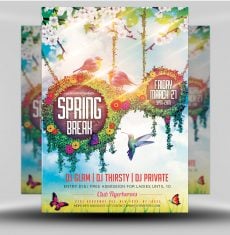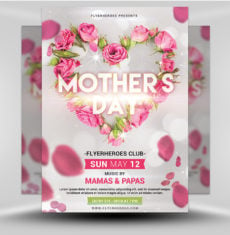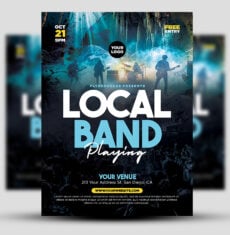Hosting an Easter Egg hunt or Easter Festival? Promote it with our cute Egg Hunt Festival flyer!
This flyer features cartoon graphics in a paper cutout style The cute bunny in the middle of the flyer sits amid layers of grass, flowers, and Easter Eggs in green and pastels. The flyer features event details throughout the design, with the event title at the top. The fonts in the event title use a cute graphic print as a fill, further emphasizing the cuteness of the design.
Our Egg Hunt Festival flyer would be ideal for your next family Easter event!
What Fonts Do I Need?
Similar Flyer Designs
- Easter Party 1B
- Easter Party 2B
- Easter Party Flyer Template v5
- Easter Party Flyer Template v7
- View All
General Information:
This flyer template is a premium Photoshop PSD flyer/poster template designed by FlyerHeroes to be used with Photoshop CS4 and higher.
Once you have purchased this flyer template, you are free to make any customizations and modifications you’d like.
You are also granted an unlimited use and 100% royalty-free license, meaning you can use this product as many times as you wish. You are free to use this product in both personal and commercial work.
You can read more about our file licenses here and our file requirements here.
Please note, stock models/photographs of people are used for demonstration purposes only and are not included in the final download. We do however include a blank placeholder layer to make using your stock photos as easy as possible.
If you have any further questions, please feel free to direct your questions to FlyerHeroes Support.
















